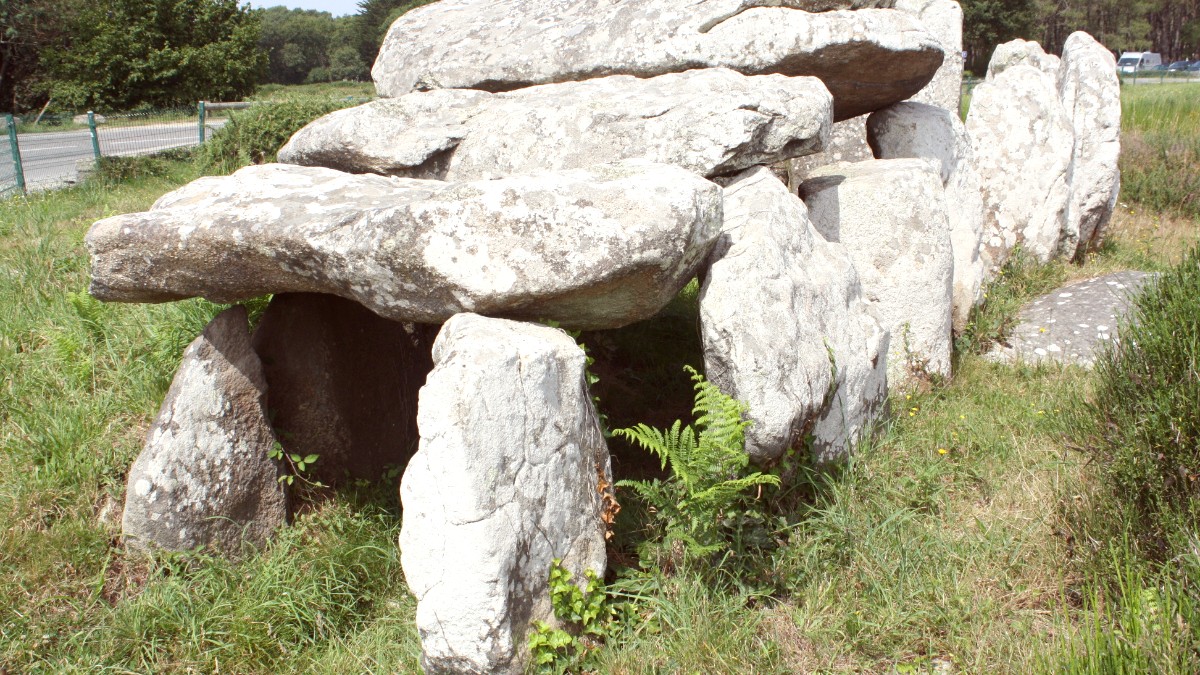
Brittany, France
The Carnac Alignments consist of over 3,000 standing stones (menhirs) arranged in rows, dating from 4500 to 2000 BCE. They represent the largest concentration of megalithic sites in the world. Their purpose remains a mystery.
Tumulus Saint-Michel is a large prehistoric burial mound (5000-3400 BCE). A chapel sits atop it, offering panoramic views of Carnac and the surrounding countryside.
Avoid drones without proper authorization. The view from Tumulus Saint-Michel offers an excellent panoramic perspective.
Carnac has no other explicitly specialized or niche museums.
A few small local galleries in Carnac Ville and Carnac Plage feature regional artists.
Occasional cultural events or performances may occur in community halls.
Musée de Préhistoire sometimes hosts temporary exhibitions. Check their website or tourist office.
Carnac's history extends beyond its famous alignments to include other ancient structures and traditional architecture.
The main sites as detailed previously.
Numerous chambered tombs scattered throughout the region, e.g., Mané Kerioned.
Stone circles often associate with alignments or stand independently.
In Carnac Ville, dates from the 17th century, a central architectural feature.
A small chapel atop the Tumulus Saint-Michel, offering stunning panoramic views.
Not prominent in Carnac. Nearby Lorient has an U-boat base and submarine museum.
Carnac Ville showcases traditional Breton architecture with granite houses and slate roofs.
Saint Cornely Church in Carnac Ville and Chapel of Saint-Michel atop the Tumulus.
The megalithic sites themselves serve as ancient monuments and powerful historical markers.
Beyond its ancient stones, Carnac offers natural beauty, from coastal landscapes to salt marshes.
Explore quieter, equally impressive sites and local spots like Alignements de Kerzerho.
The entire Gulf of Morbihan is gaining popularity for its unique inland sea and islands.
Capture dramatic shadows and colors at sunrise/sunset over the Alignments or reflections in salt marshes.
Alignements de Kerzerho (near Erdeven) are less visited but equally impressive.
Explore KerzerhoSites including Grand Menhir Brisé, Table des Marchands, and Er Grah Tumulus.
Discover LocmariaquerExplore markets in smaller villages like Plouharnel for an authentic local experience.
Sentier des Douaniers (GR34) sections away from main beach areas offer quiet walks.
The countryside around Carnac is dotted with smaller, isolated dolmens and menhirs.
Coastal areas and salt marshes attract various seabirds.
Not prominent in Carnac itself.
Utilize the Maison des Mégalithes for comprehensive information.
Consider visiting in shoulder or low season for fewer crowds.
Carnac's unique megalithic sites offer a profound connection to ancient civilizations.
The purpose of the over 3,000 standing stones remains a mystery, inspiring awe and contemplation.
Tumulus Saint-Michel served as an ancient burial place for high-ranking individuals.
The Musée de Préhistoire de Carnac has an extensive collection of Neolithic artifacts.
A valuable indoor option, especially on a rainy day.
Carnac Ville showcases traditional Breton architecture with granite houses and slate roofs.
Offers a glimpse into the region's historical building styles.
Beyond the main sites, numerous dolmens and cromlechs are scattered throughout the region.
The granite landscape is a defining feature of Brittany's geology.
Explore the vast Carnac Alignments and the ancient Tumulus Saint-Michel.
Visit the Prehistory Museum to understand the builders of these ancient structures.
Enjoy coastal walks, beaches, and birdwatching in the salt marshes.
Visit iconic sites early or late for unique lighting and fewer crowds.
Remember to support local businesses.